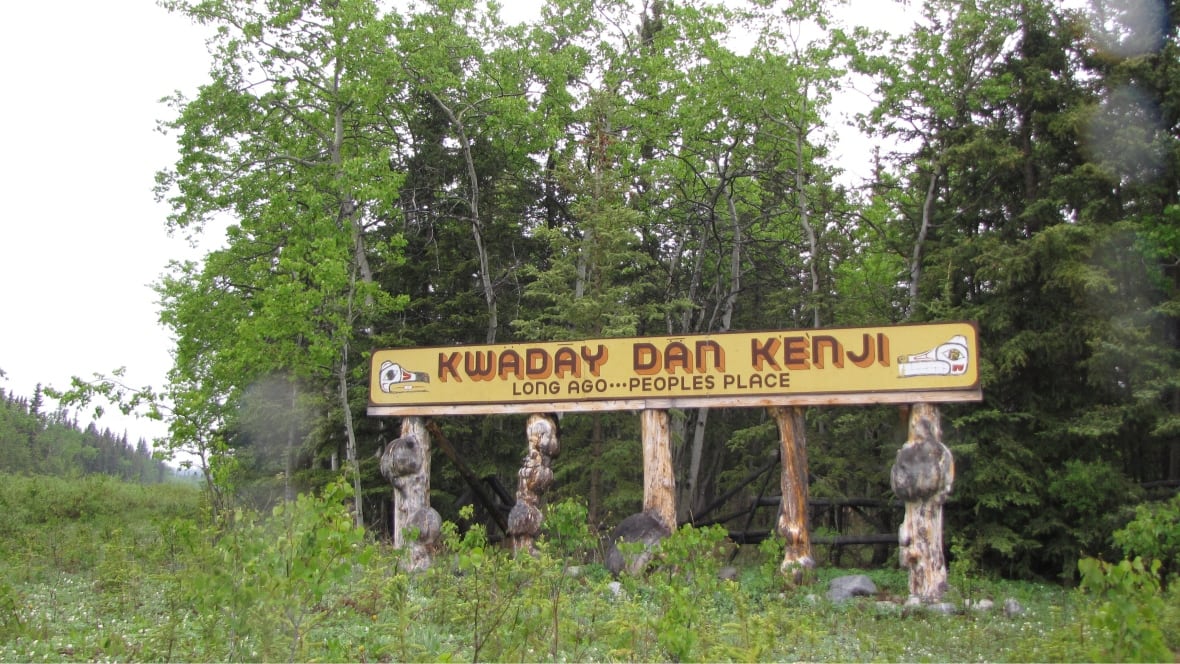Outdoor Indigenous museum in Yukon celebrates 30 years
‘If we don't share it, people will never know and they'll never learn,’ says manager of Long Ago Peoples Place
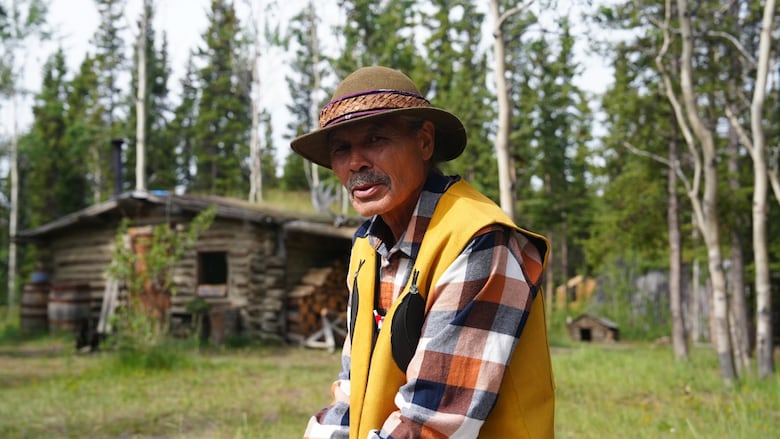
Every year, between 5,000 and 10,000 visitors make their way to Long Ago Peoples Place, an outdoor museum in the Yukon. Saturday marks its 30th anniversary.
Inspired by the teachings of their elders, Harold Johnson and Meta Williams manage the museum and teach visitors about Southern Tutchone culture.
The site is a few kilometres off of the Alaska Highway between Haines Junction and Whitehorse, on the territory of the Champagne and Aishihik First Nations. The sprawling camp is a collection of traditional dwellings, traps and tools — everyday objects for their ancestors. It's also a cultural touchstone for the nearby community.
"We have young First Nation kids, when they come walking outta here, you'd think they were like six feet tall or something," said Johnson. "They're pretty proud, happy to just see this because it's history, their history."
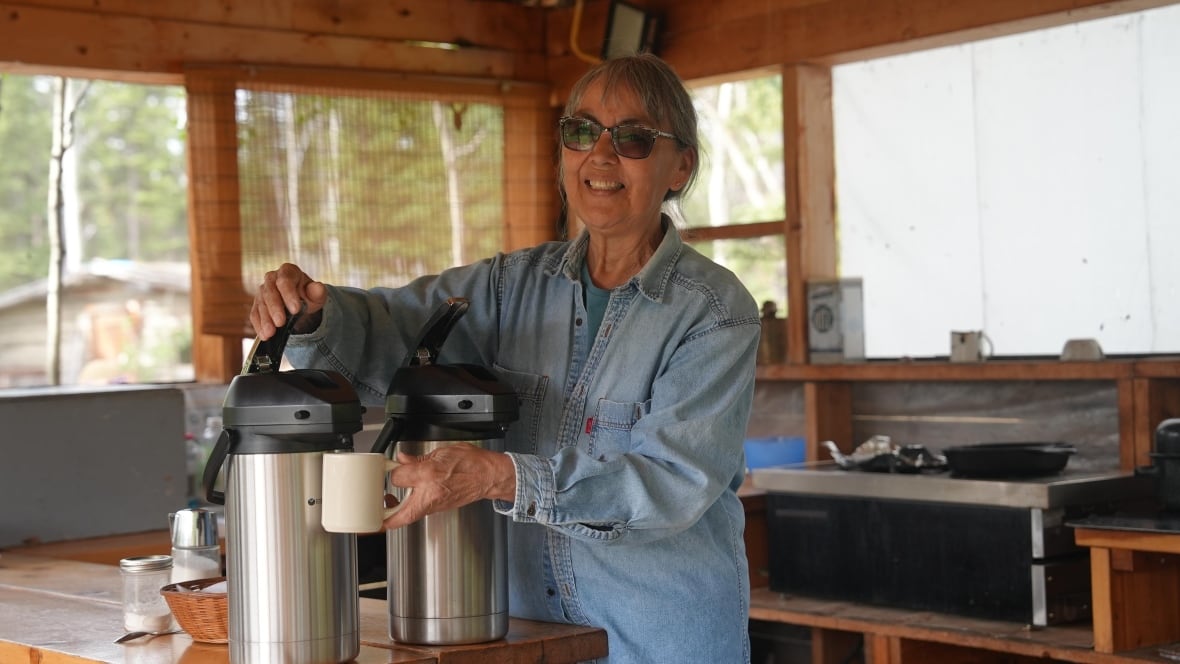
Traditional lifestyle
Thirty years on from the museum's opening, tours still begin around a campfire. A large chocolate-coloured dog wags its tail as it greets guests, who may also catch the exquisite smell of fresh bannock emanating from a nearby building.
Williams breaks the ice with slow, precise movements as she tells the story of the wolf clan, of which she's a member.
A quick glance over to Johnson and he seamlessly takes over, inviting the group to follow him into the forest that extends into the mountains.
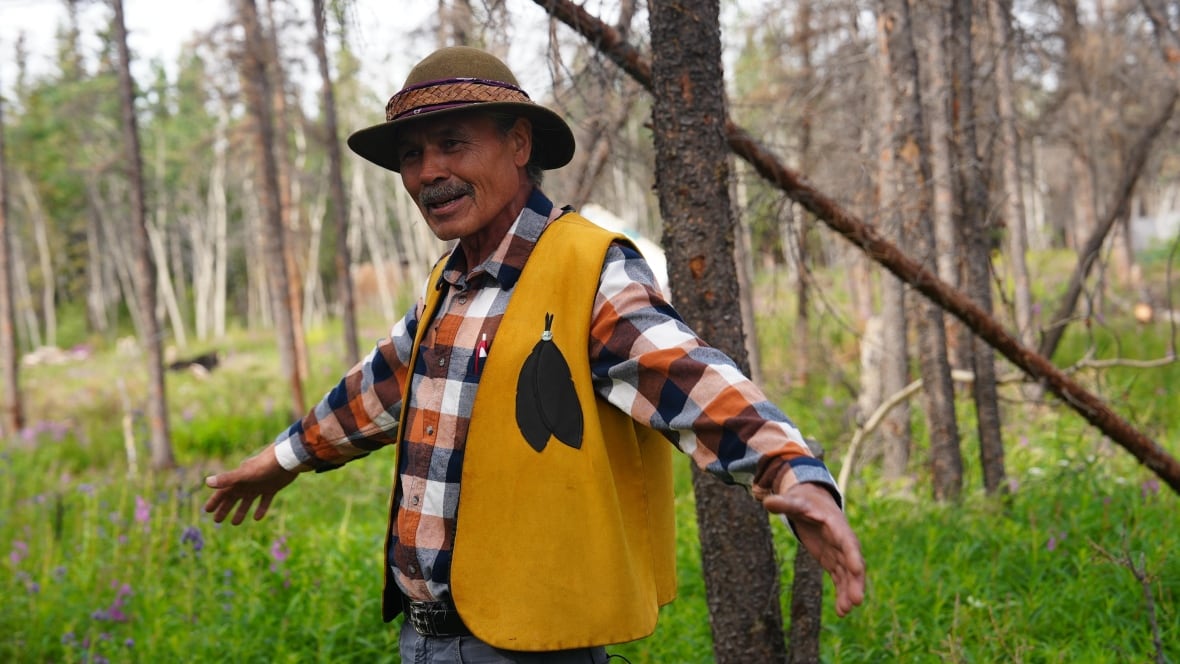
Even after all these years, he's still amazed by the ingenuity of his ancestors.
"This is a summer house. That's a winter house," he said, pointing toward traditional structures that he rebuilt.
"That's a caribou fence. There's a fish trap over there, a deadfall trap. So it's everything kind of in one area," he explained.
He took a moment to admire the land that surrounds him before walking deeper into the bush.
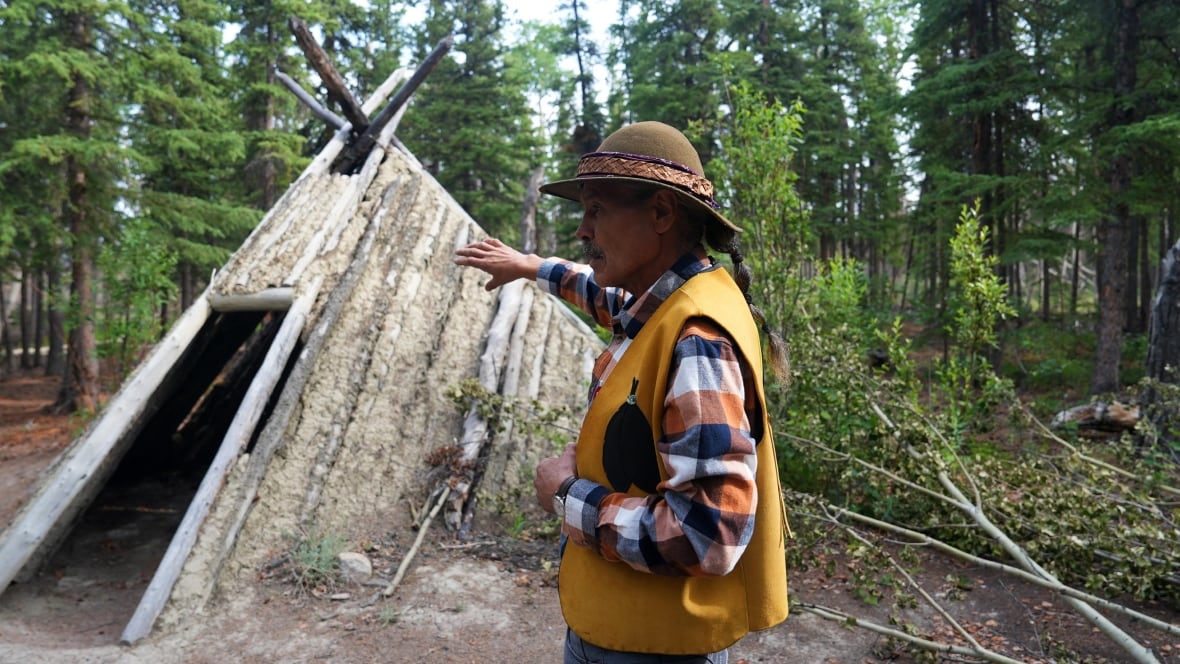
Keeping the culture alive
An hour later, Johnson was back around the fire and he unfurled a map of the area. He said he's working with "younger kids" to keep growing the camp, and hopes this new generation is willing to keep it going.
"I don't have to be the main person, I'll get the kids to do it and I'll kind of step back and just be a helper," he said.
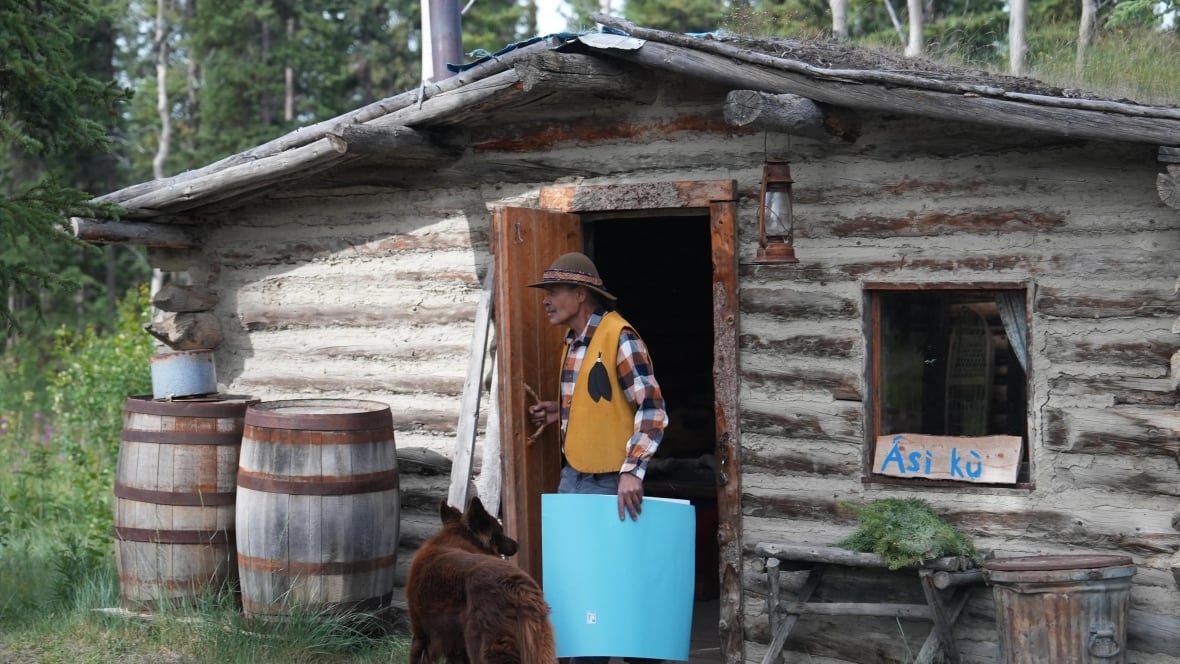
For Williams, it's not an easy decision to hand over the reins.
"It's pretty hard to walk away from your life… how do you walk away from it?" she asked, with a tremor in her voice. "It's who you are. So I'm still going to answer that one. I got to figure that one out."
Still, Williams knows that for the camp to succeed, it will one day have to go to someone else.
"The next generation is going to be the ones that need to take it over. And I hope that they get just as passionate about the process and about the learning and add more to the experience for visitors," she said.
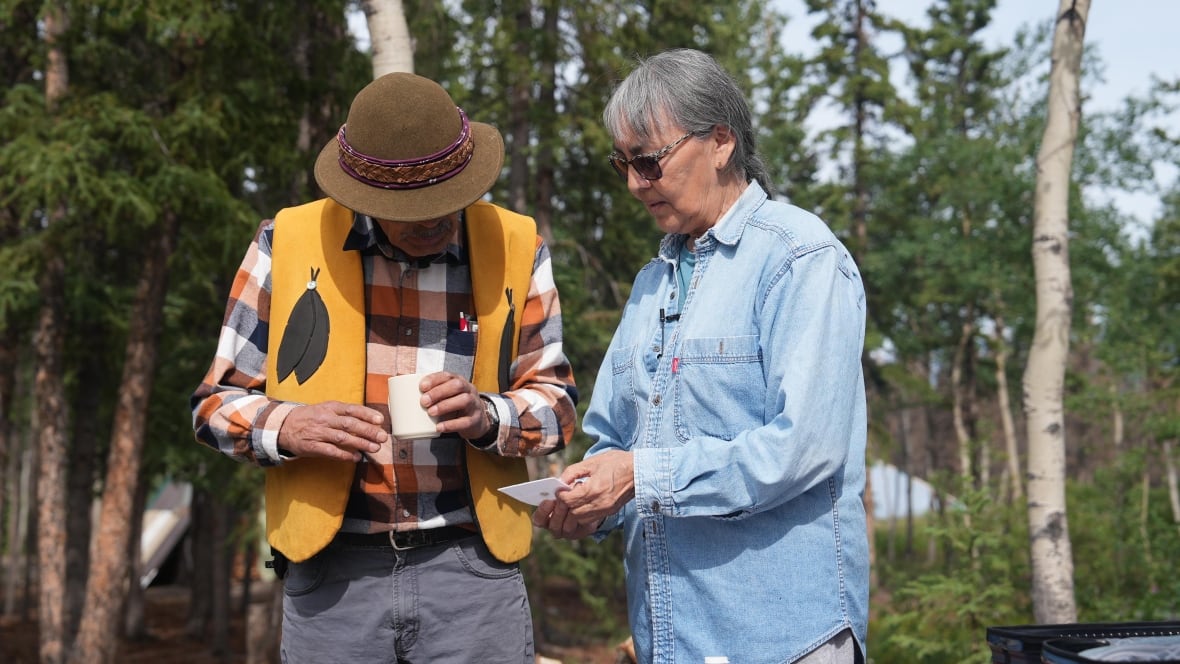
To Williams, oral storytelling is a crucial part of that experience.
"Practicing oral history is learning to listen very, very carefully and then being able to tell the story as you were told," she said.
"That's a really important part of being a messenger. And then plus, to share it with the world so that we don't lose it. Because if we don't share it, people will never know and they'll never learn."
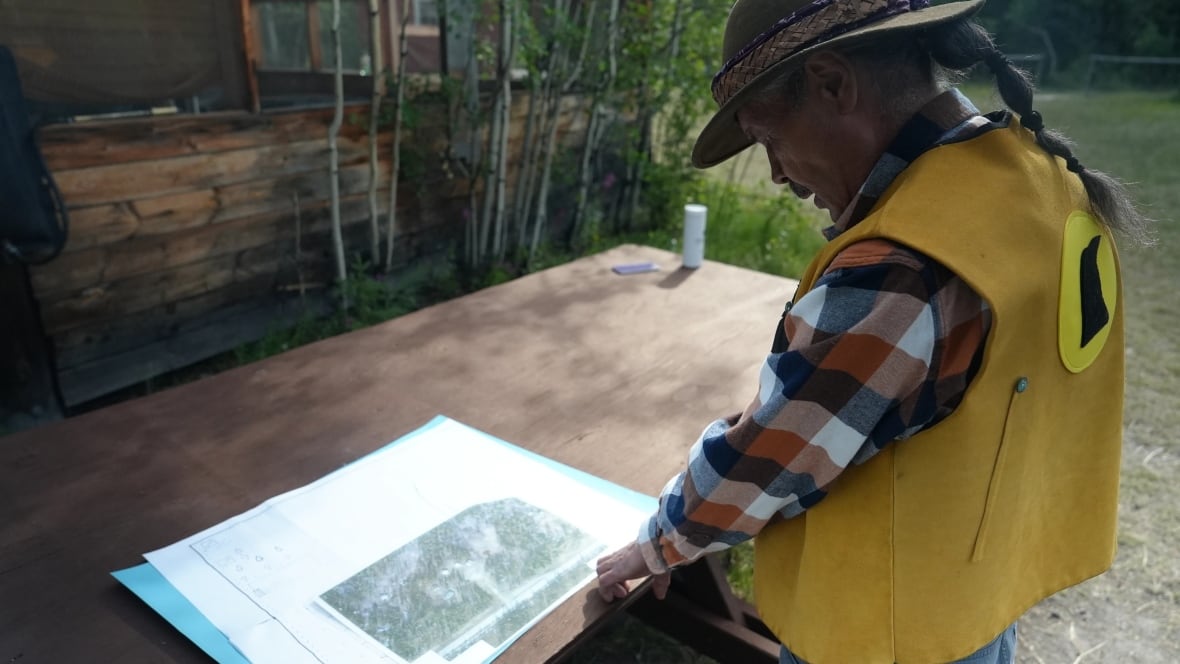
Williams and Johnson recognize the work that they've done over the past 30 years, teaching and changing minds.
"The non-First Nation community are very grateful because they probably were wondering, how do people live in the North? So most people that come through the camp, when they leave here, they have more respect for the First Nations people," said Johnson.
It's a job worth doing, he adds, considering the history of colonization.
"They really tried to kill the culture."
Passing the torch
Whitney Johnson-Ward also recognizes the effort her parents Johnson and Williams have put into the camp and wants to honour that work.
"Growing up here, it's very important to me and just keeping alive what my parents started is important to me," she said. "How they did it, so grassroots, almost like just on their own and it's really beautiful."
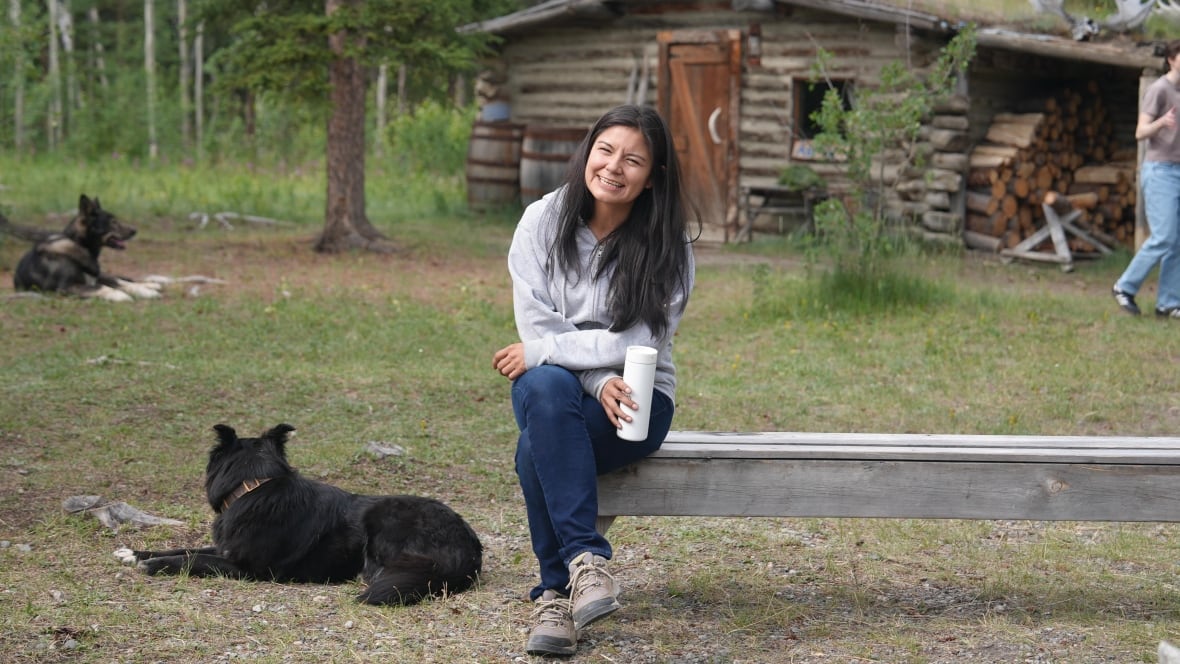
As she takes on more responsibility, she said she'd like to see a bigger language component at the camp, even hosting a kind of immersion camp.
She also hopes to involve more family members, like nieces and nephews, with her parents serving as a guiding light.
"We're just gonna be working on the next phases together. I don't know how far they think they're stepping back, because they are my mentors — and I'm gonna expect them here a lot," she said with a laugh.
